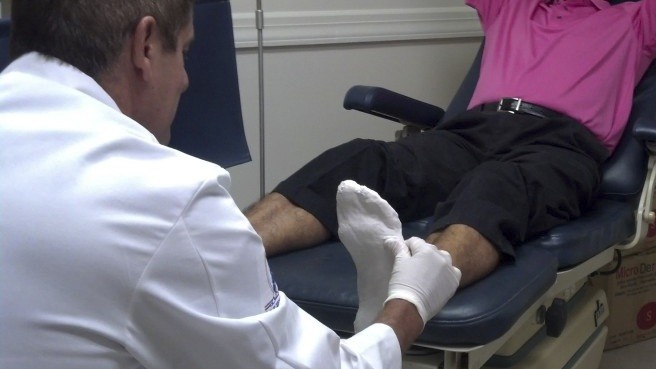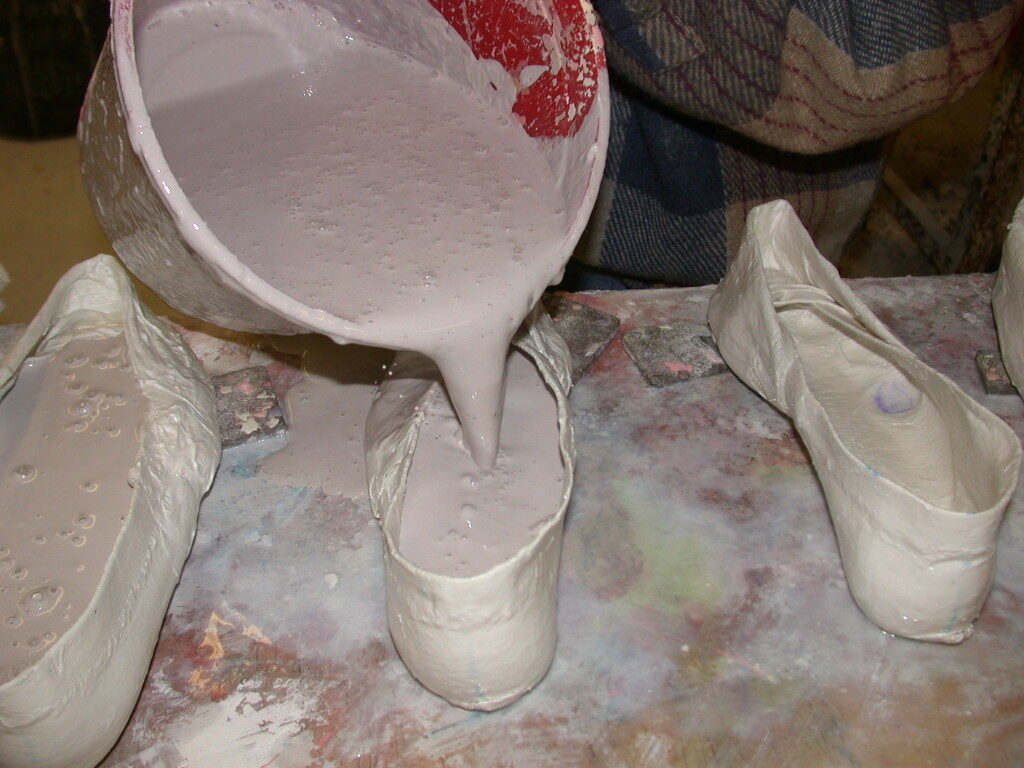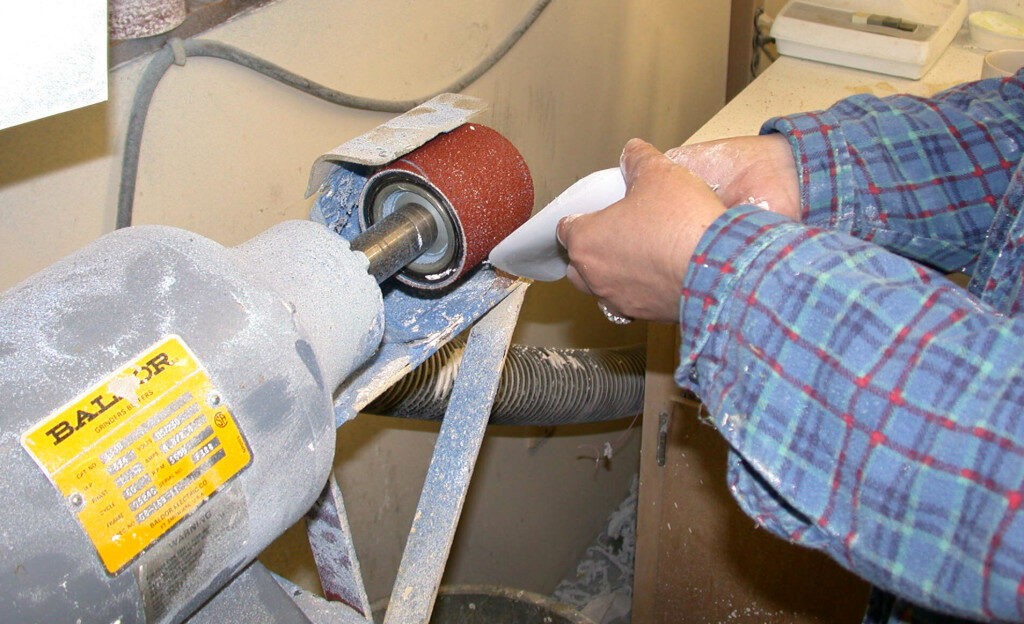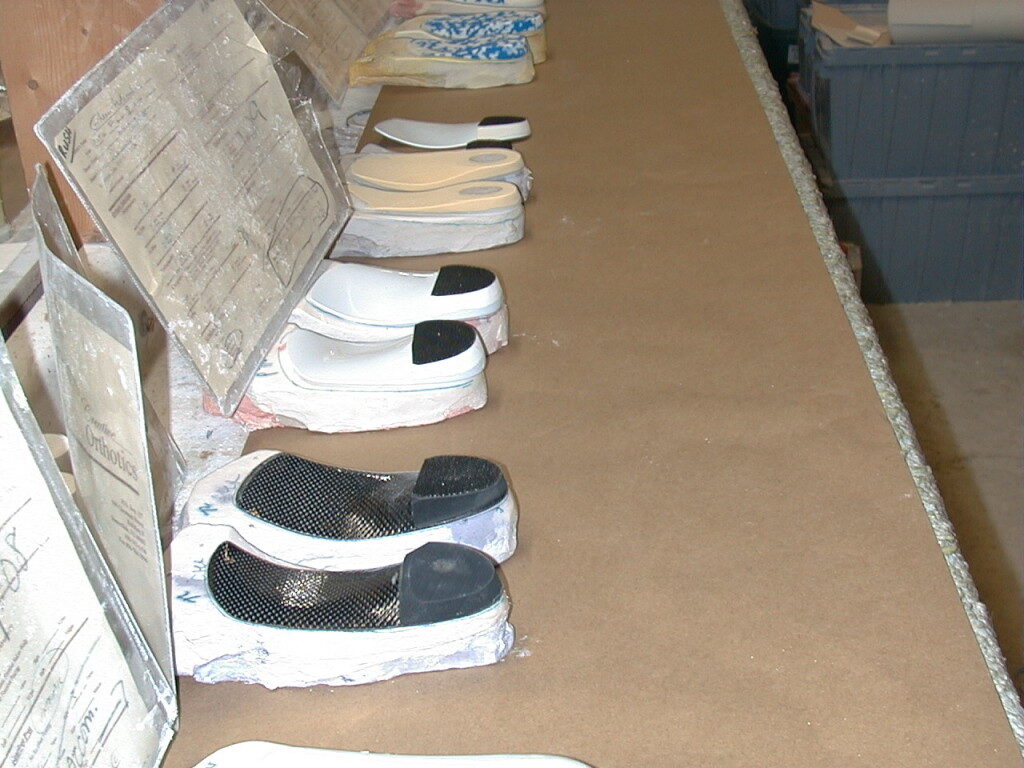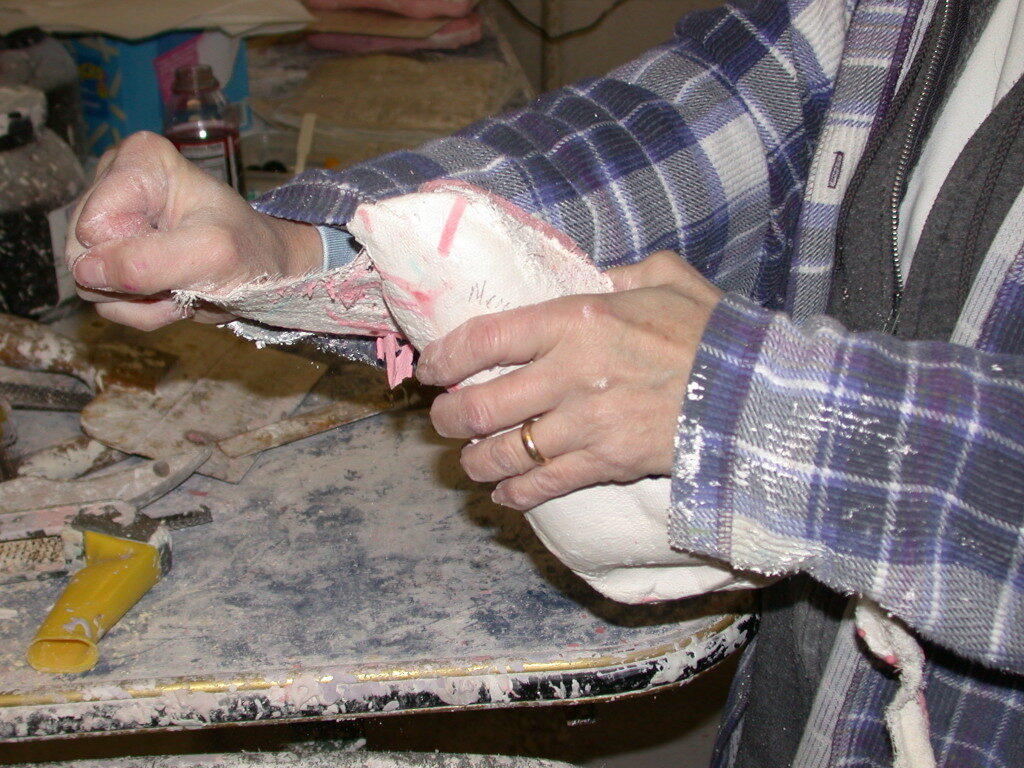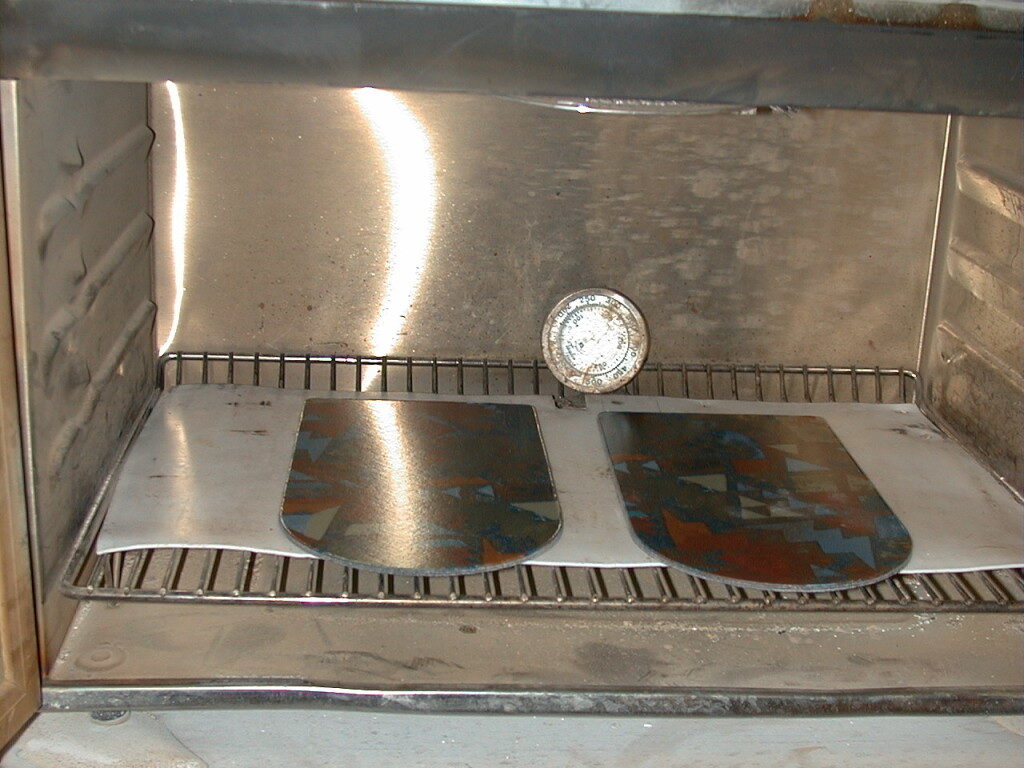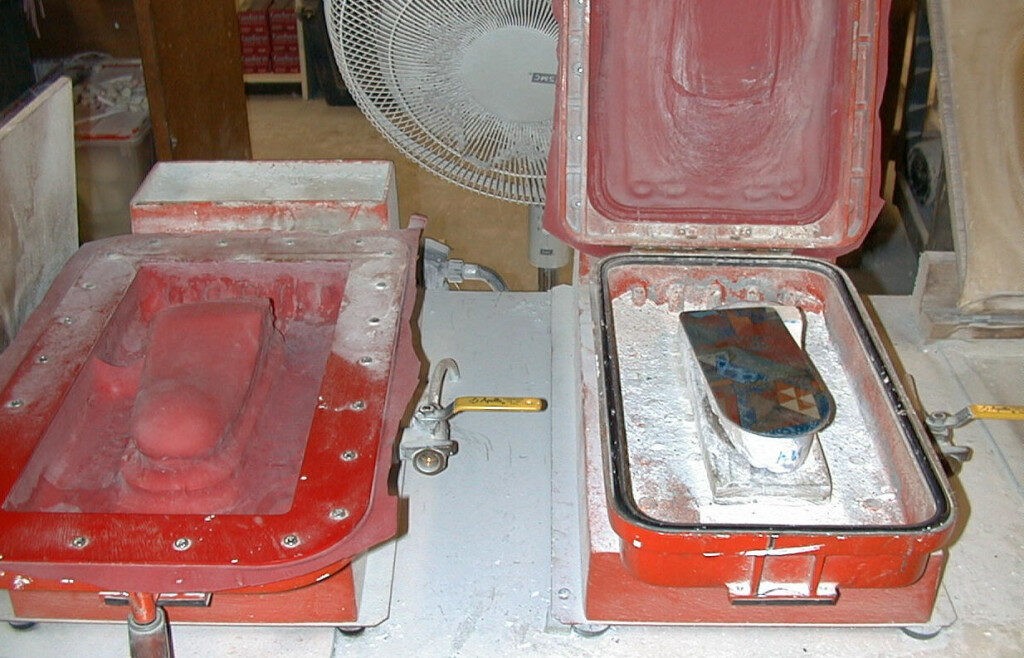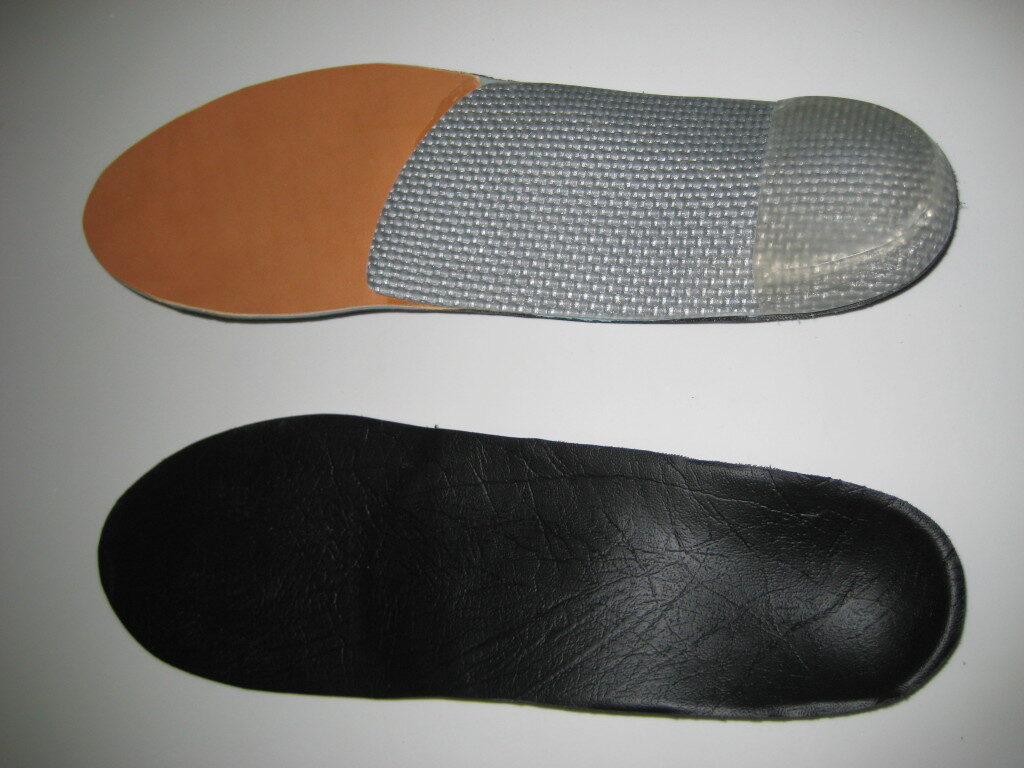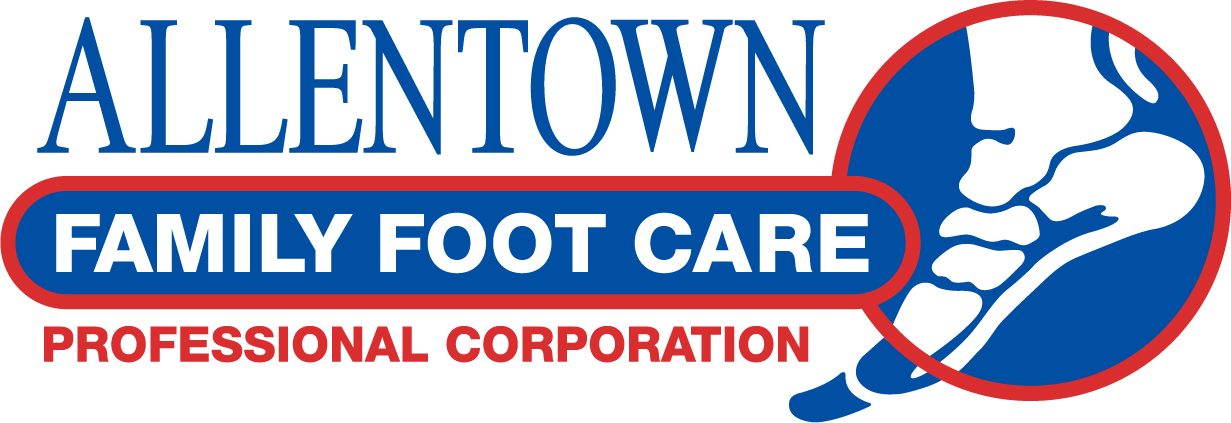Prescription Footwear
Help treat foot problems such as plantar fasciitis, bursitis, tendinitis, diabetic foot ulcers, and heel pain with prescription braces, shoes, and inserts.
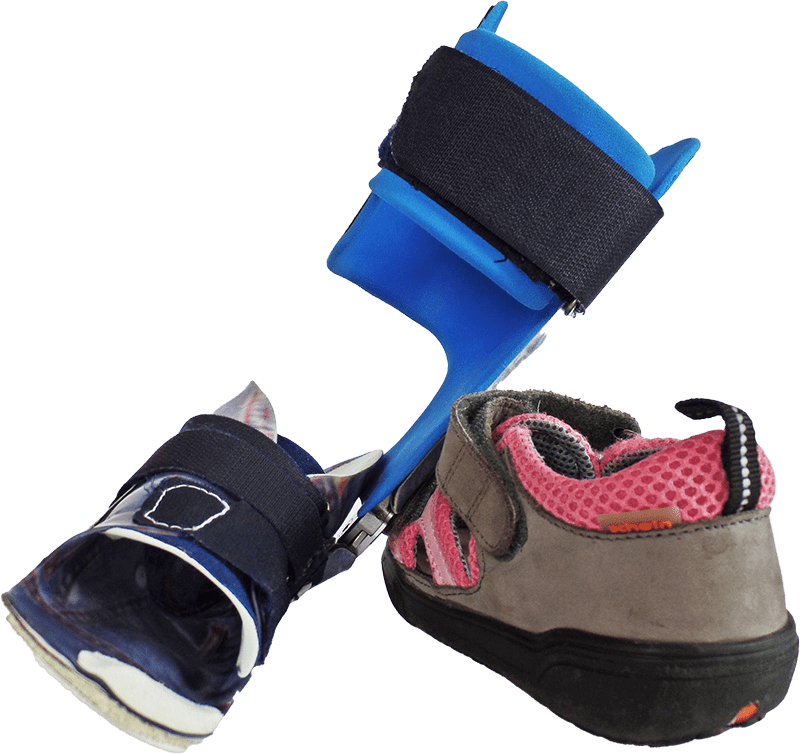

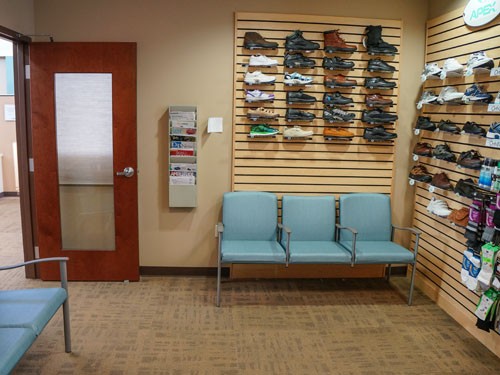





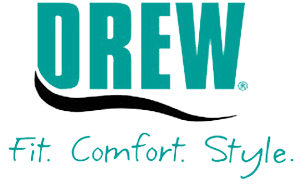

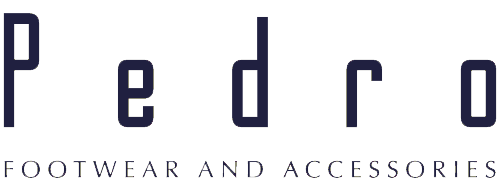


Team AFFC and our Podiatric Physicians are proud to offer custom molded shoes and extra depth accommodative footwear to our patients! AFFC offers a large range of style options from the latest Birkenstock styles to custom modified footwear for patients with prostheses. Our Allentown (Walbert Ave. office) shoe department offers several manufacturers.
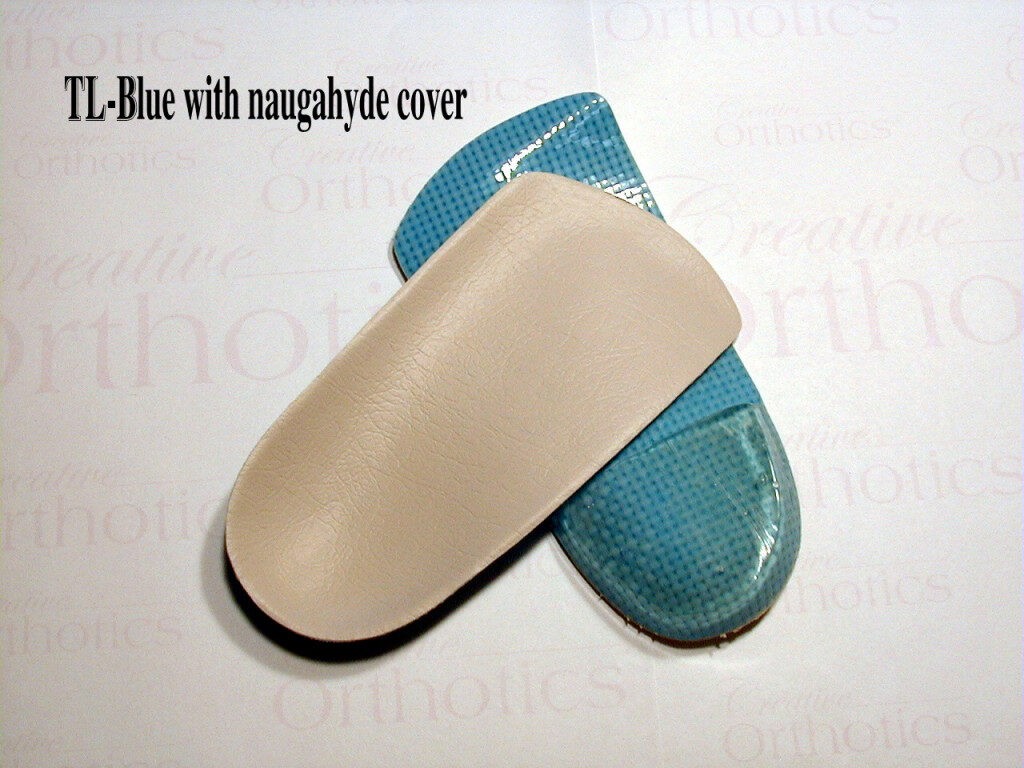

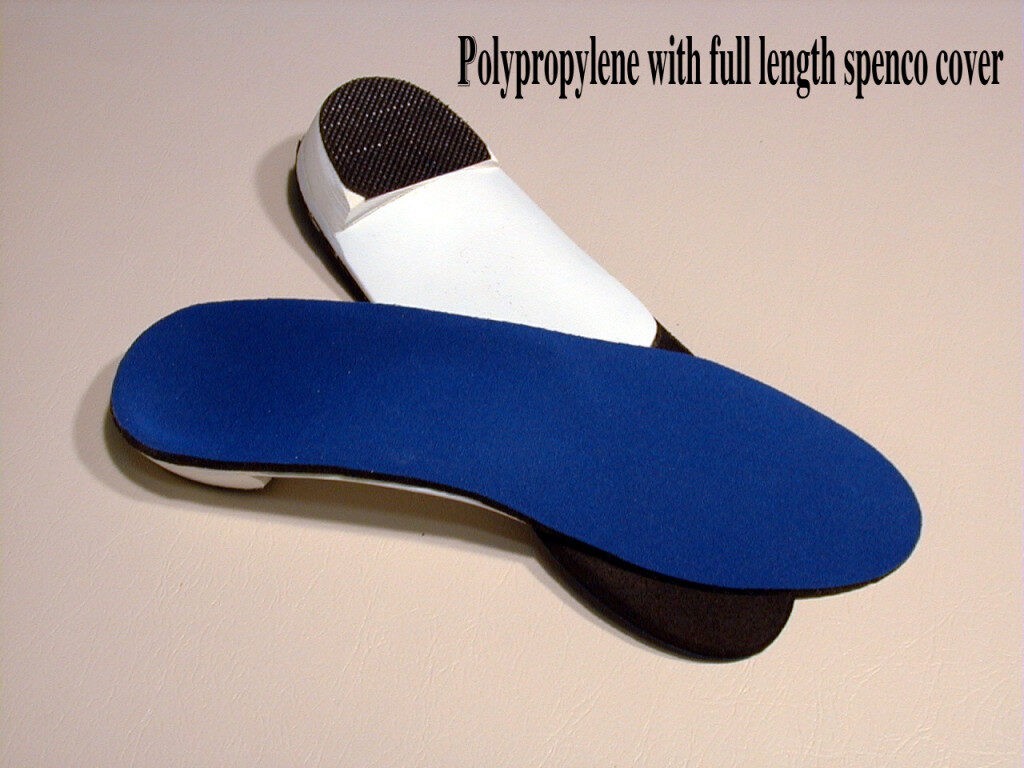
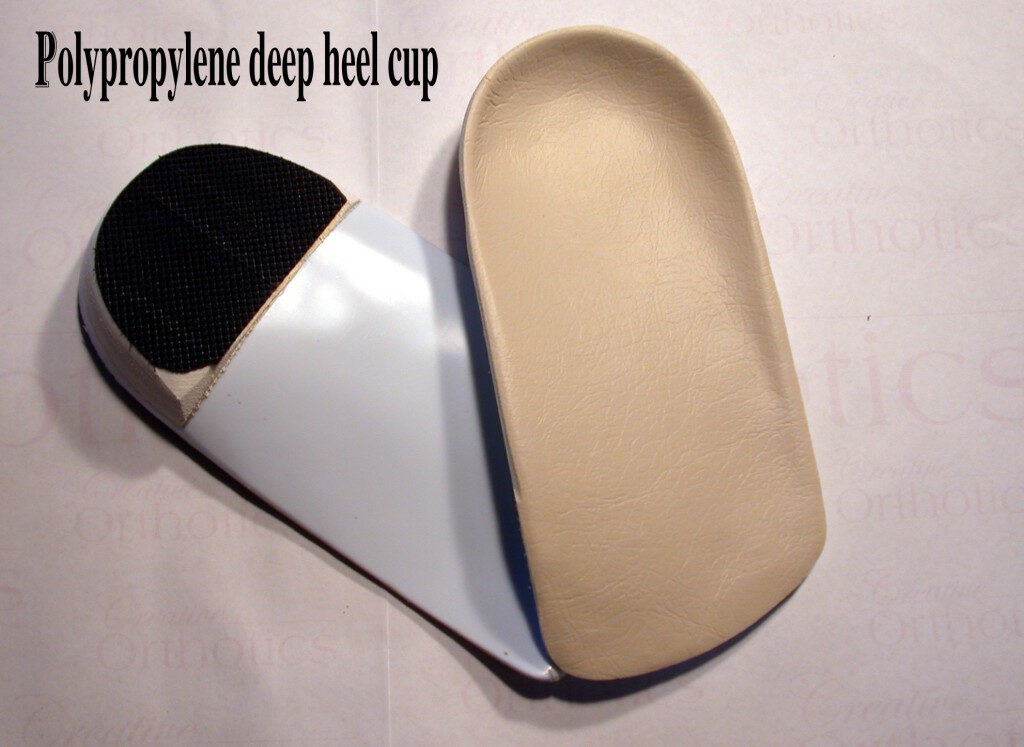
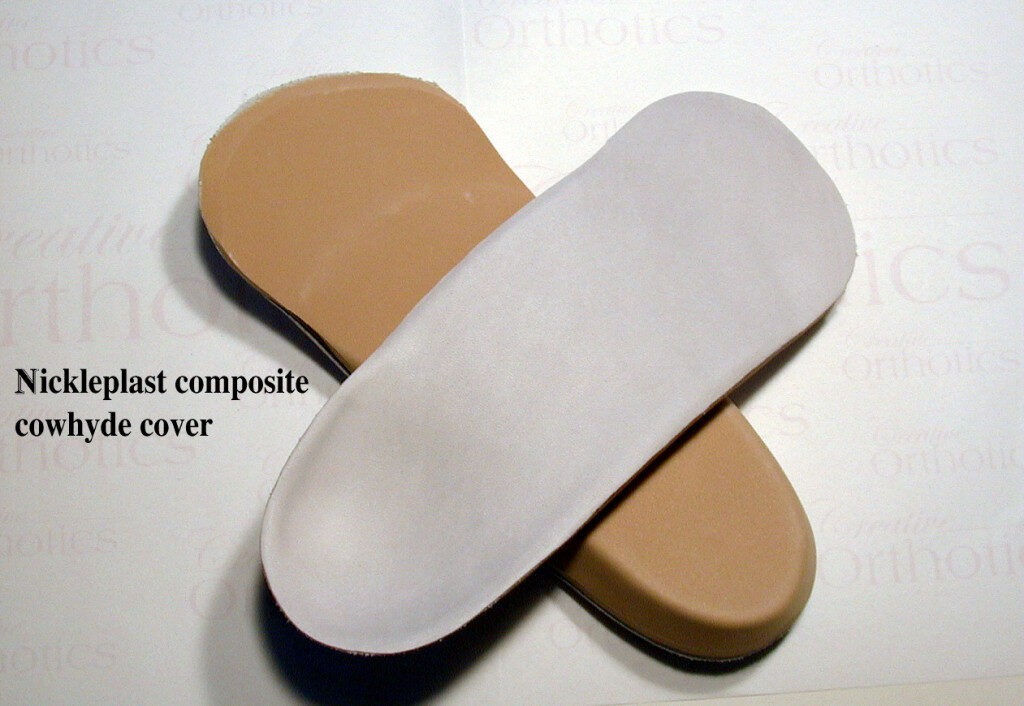
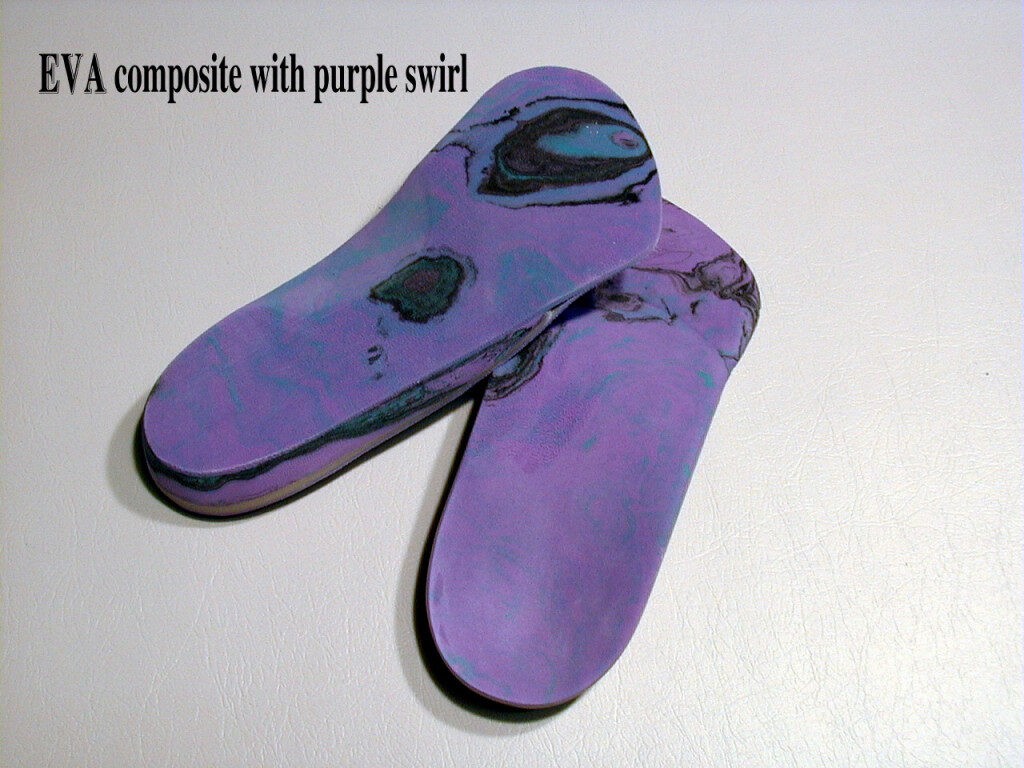
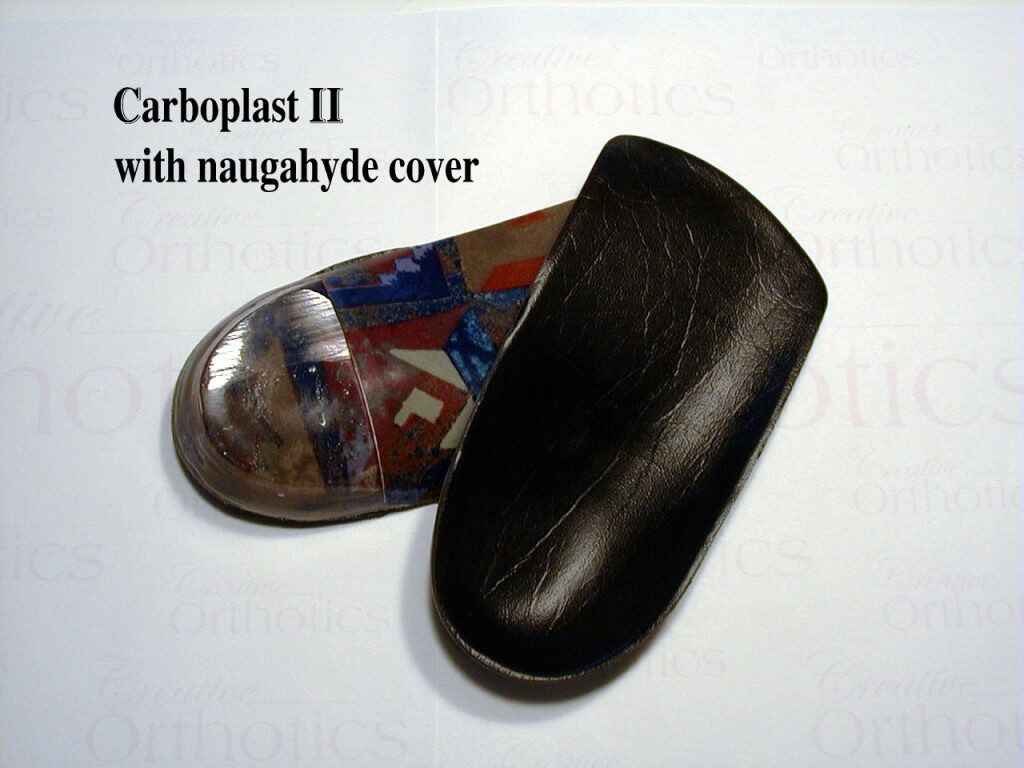
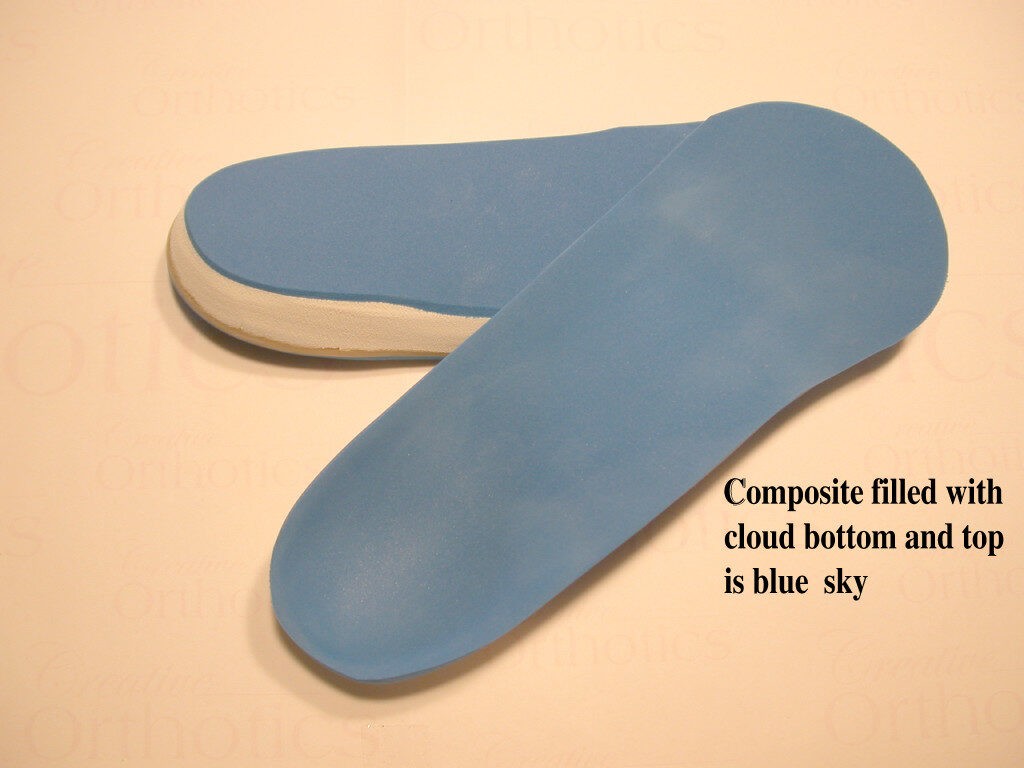
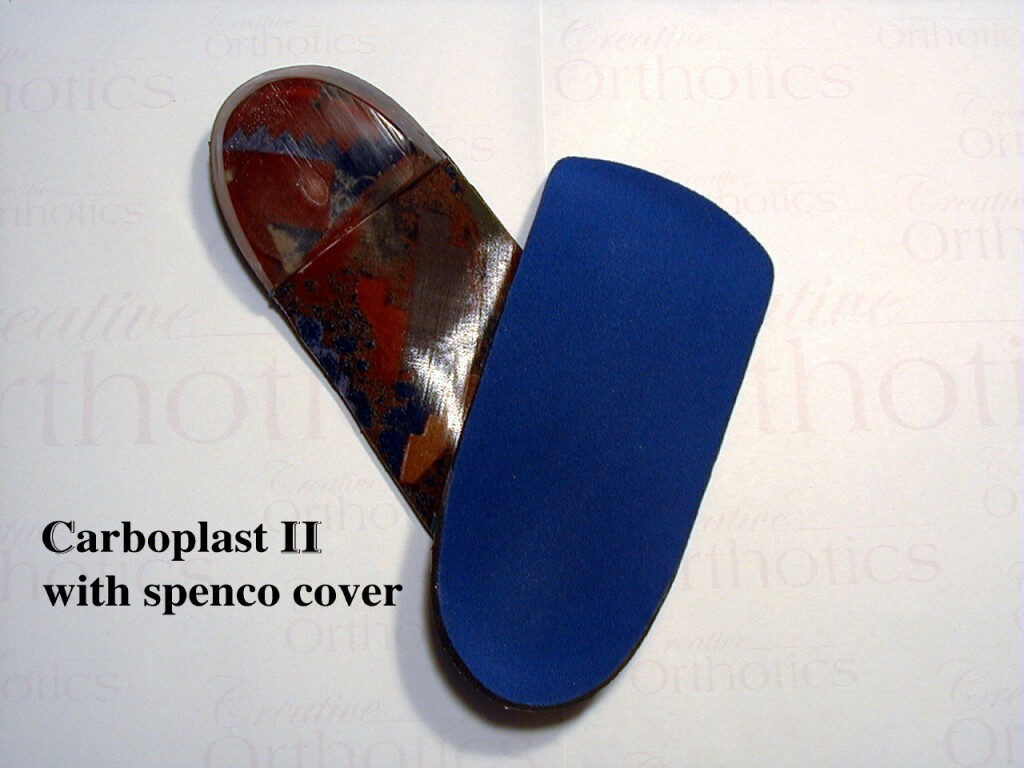
What are Prescription Orthotics?
Custom orthotics are specially-made devices designed to support and comfort your feet. Prescription orthotics are crafted for you and no one else. They match the contours of your feet precisely and are designed for the way you move. Orthotics are only manufactured after a podiatrist has conducted a complete evaluation of your feet, ankles, and legs, so the orthotic can accommodate your unique foot structure and pathology.
Custom Casting Technique
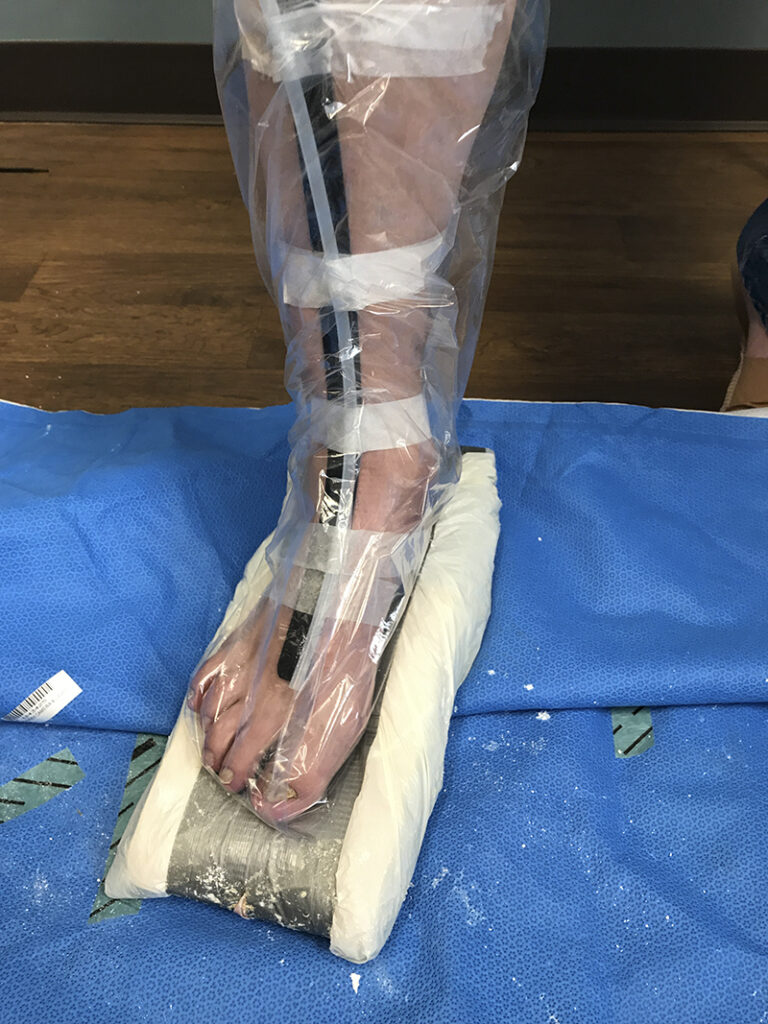


Prescription orthotics are divided into two categories of functionalities:
- Functional orthotics are designed to control abnormal motion. They may be used to treat foot pain caused by abnormal motion; they can also be used to treat injuries such as shin splints or tendinitis. Functional orthotics are usually crafted of a semi-rigid material such as plastic or graphite.
- Accommodative orthotics are softer and meant to provide additional cushioning and support. They can be used to treat diabetic foot ulcers, painful calluses on the bottom of the foot, and other uncomfortable conditions.
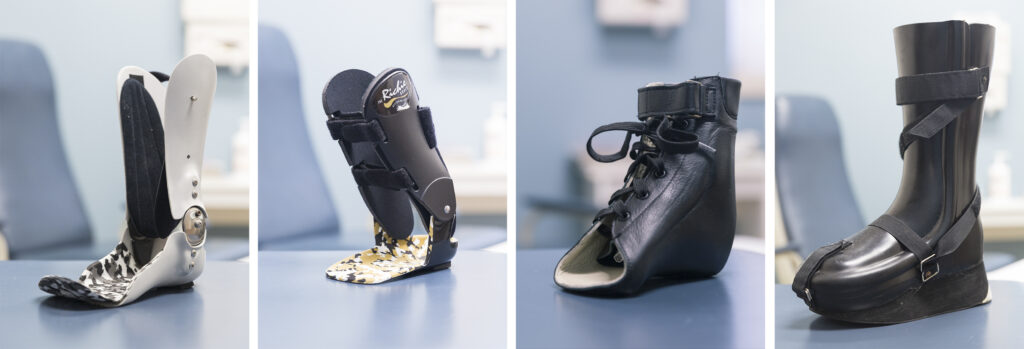
Podiatrists use orthotics to treat foot problems such as plantar fasciitis, bursitis, tendinitis, diabetic foot ulcers, and foot, ankle, and heel pain. Clinical research studies have shown that podiatrist-prescribed foot orthotics decrease foot pain and improve function.
Orthotics typically cost more than shoe inserts purchased in a retail store, but the additional cost is usually well worth it. Unlike shoe inserts, orthotics are molded to fit each individual foot, so you can be sure that your orthotics fit and do what they’re supposed to do. Prescription orthotics are also made of top-notch materials and last many years when cared for properly. Insurance often helps pay for prescription orthotics.
What are Prescription Shoe Inserts?
You’ve seen them at the grocery store and at the mall. You’ve probably even seen them on TV and online. Shoe inserts are any kind of non-prescription foot support designed to be worn inside a shoe. Pre-packaged, mass produced, arch supports are shoe inserts. So are the “custom-made” insoles and foot supports that you can order online or at retail stores. Unless the device has been prescribed by a doctor and crafted for your specific foot, it’s a shoe insert, not a custom orthotic device—despite what the ads might say.
Shoe inserts can be very helpful for a variety of foot ailments, including flat arches and foot and leg pain. They can cushion your feet, provide comfort, and support your arches, but they can’t correct biomechanical foot problems or cure long-standing foot issues.
The most common types of shoe inserts are:
- Arch supports: Some people have high arches. Others have low arches or flat feet. Arch supports generally have a “bumped-up” appearance and are designed to support the foot’s natural arch.
- Insoles: Insoles slip into your shoe to provide extra cushioning and support. Insoles are often made of gel, foam, or plastic.
- Heel liners: Heel liners, sometimes called heel pads or heel cups, provide extra cushioning in the heel region. They may be especially useful for patients who have foot pain caused by age-related thinning of the heels’ natural fat pads.
- Foot cushions: Do your shoes rub against your heel or your toes? Foot cushions come in many different shapes and sizes and can be used as a barrier between you and your shoe.
Our Process
